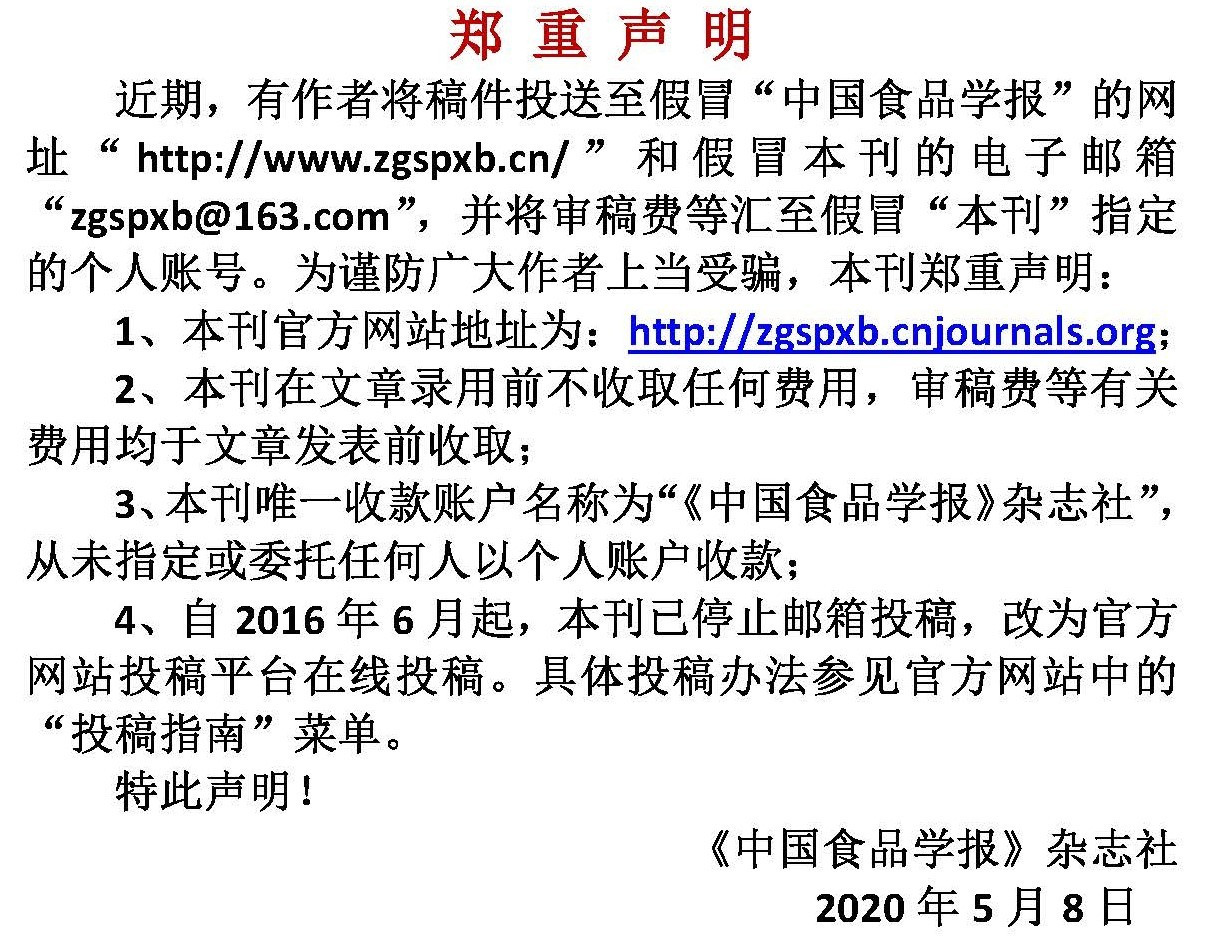3种物理方法制备抗性粳米淀粉的结构与物化特性
作者:
作者单位:
(1.哈尔滨商业大学食品工程学院 哈尔滨 150028;2.牡丹江师范学院生命科学与技术学院 黑龙江牡丹江 157011)
作者简介:
通讯作者:
中图分类号:
基金项目:
黑龙江省“百千万”工程科技重大专项(2021ZX 12B07);国家自然科学基金面上项目(32072258);国家重点研发计划项目(2021YFD 2100902-3);黑龙江省经济社会发展重点研究课题(基地专项)(22329)
Structure and Physical and Chemical Properties of Resistant Japonica Rice Starch Prepared by Three Physical Methods
Author:
Affiliation:
(1.College of Food Engineering, Harbin University of Commerce, Harbin 150028;2.College of Life Science and Technology, Mudanjiang Normal University, Mudanjiang 157011, Heilongjiang)
Fund Project:
引用本文
张楚佳,贾健辉,高嫚,王泽冉,刘颖,窦博鑫,张娜.3种物理方法制备抗性粳米淀粉的结构与物化特性[J].中国食品学报,2025,(1):193-207
复制分享
文章指标
- 点击次数:
- 下载次数:
- HTML阅读次数:
历史
- 收稿日期:2024-01-13
- 最后修改日期:
- 录用日期:
- 在线发布日期: 2025-03-05
- 出版日期:
文章二维码

版权所有 :《中国食品学报》杂志社 京ICP备09084417号-4
地址 :北京市海淀区阜成路北三街8号9层 邮政编码 :100048
电话 :010-65223596 65265375 电子邮箱 :chinaspxb@vip.163.com
技术支持:北京勤云科技发展有限公司
地址 :北京市海淀区阜成路北三街8号9层 邮政编码 :100048
电话 :010-65223596 65265375 电子邮箱 :chinaspxb@vip.163.com
技术支持:北京勤云科技发展有限公司
